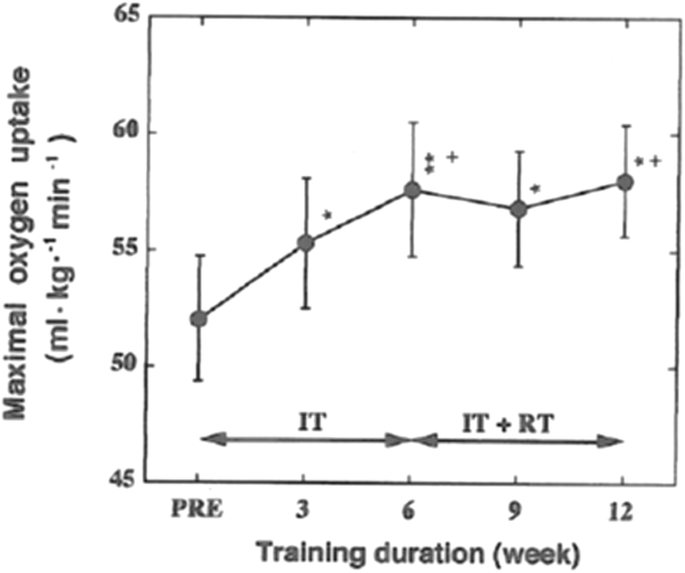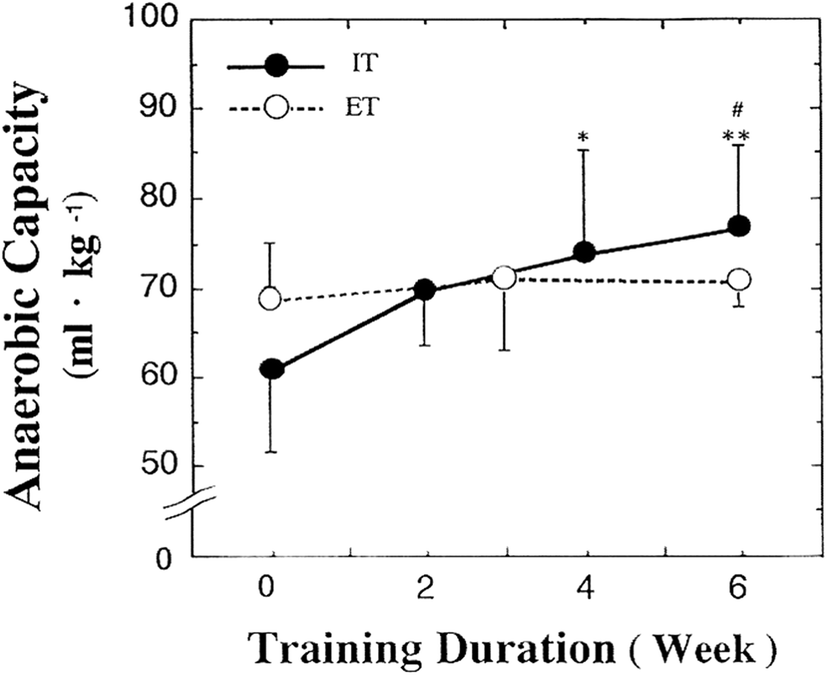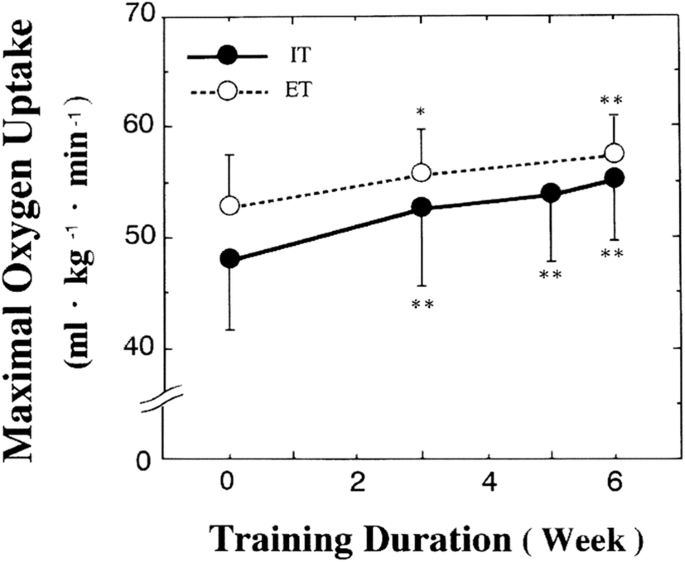Tabata Training: The Ultimate HIIT Powerhouse
- Mark Turnbull

- Sep 15, 2023
- 3 min read

Tabata workouts, a form of high-intensity interval training (HIIT), are named after Dr. Izumi Tabata. In his 1996 scientific publication, Dr. Tabata compared these intervals to moderate-intensity endurance training. The original Tabata workout lasts only 4 minutes but significantly enhances both aerobic and anaerobic capacity.

EXAMPLE OF A TABATA WORKOUT
Dr. Tabata referred to Tabata intervals as high-intensity intermittent training. While this approach is employed in numerous sports, it initially gained fame in cycling ergometer training.
Here's how the original Tabata workout is structured:
Warm-up
Intervals: 7-8 sets of 20 seconds each, at an intensity of 170% VO2max (near all-out)
Recovery: 10 seconds of rest between each interval
Cool-down
Your Tabata HIIT session takes less than 4 minutes, excluding warm-up and cool-down. If you are unsure of your VO2 max, you can take the INSCYD PPD test to find this value.
HOW MANY TABATA SETS PER WORKOUT?
Some athletes prefer longer training sessions, so coaches have suggested multiple Tabata sets with short breaks in between. However, this deviates from the original protocol. When incorporating multiple sets, ensure fast recovery between them, as opposed to the 10-second rest between intervals.

BENEFITS OF TABATA TRAINING
Tabata training is ideal for time-crunched athletes. Dr. Tabata's research showed that Tabata intervals were more effective than 60-minute moderate-intensity endurance training in increasing VO2max and anaerobic capacity.
Understanding these benefits is crucial, but measuring VO2max can provide a personalised insight into progress. Methods to calculate and measure VO2max outside a lab are available and can be explored further - book your free consultation here.

Tabata workouts not only boost VO2max and anaerobic capacity but also improve cardiovascular health, reducing the risk of heart disease.
Before starting Tabata workouts, assess your metabolic profile through a INSCYD PPD test to align your training with your goals. Consider booking an INSCYD advanced metabolic performance test to maximise your athletic potential.
In addition to Dr. Tabata's 1996 research, his 2019 review paper further explores Tabata training, addressing misunderstandings and providing updates on its effects.
THE EFFECTS OF TABATA TRAINING ON THE BODY'S AEROBIC AND ANAEROBIC ENERGY-RELEASING SYSTEMS
Six weeks of training using the Tabata protocol (exercise intensity: approx. 170% VO2max, 7–8 bouts of 20-s exercise with a 10-s rest between bouts), was found to increase the MAOD (maximal accumulated oxygen deficit) by 28.0 ± 19.4% (Fig. 4) and the VO2max by 15.0 ± 4.7% (Fig. 5). This training consisted of 4 days/week of exhaustive Tabata exercises (7–8 sets to exhaustion) and 1 day/week of 30 min of continuous exercise at 70% VO2max and four subsequent sets of the Tabata protocol, which was not exhaustive. The results of that study suggested that this high-intensity intermittent exercise is a very effective tool to improve sports-related physical fitness. Since this training improved the subjects’ VO2max and MAOD during the training period, the training subjects became able to bike > 8 sets of the 20-s exercise at the first-prescribed intensity for the training. At that time point, the intensity (i.e., the work rate for bicycling) was increased by 11 watts so that the exercise exhausted the subjects within 7–8 sets of 20-s exercise. The important thing is that, during this training period, the exercise intensity that exhausts the subject within 7–8 sets of the 20-s exercise should be prescribed during the entire training period.
Fig 4:

Fig 5:

TABATA WORKOUT FAQ
Is Tabata training always 4 minutes? The original Tabata training lasts roughly 4 minutes, but you can perform more sets with adequate recovery.
Why is Tabata so hard? Tabata's intensity and short rest periods lead to rapid fatigue.
Is it okay to do Tabata workouts every day? While possible, it may become monotonous and affect physiological adaptation. The original protocol suggests 5 Tabata workouts per week during a 6-week program.
Does Tabata really burn fat? Tabata doesn't burn much fat during exercise due to its high intensity and short duration, but it can contribute to post-workout fat burning.
PDF: Tabata training: one of the most energetically effective high-intensity intermittent training methods
Izumi Tabata
For more detailed information and resources on Tabata training, refer to the sources below.
🌐 Sources
1. [inscyd.com - Tabata Workout: The King of HIIT Training](https://inscyd.com/article/tabata-workout-hiit-training/)
2. [jps.biomedcentral.com - Tabata training: one of the most energetically effective high ...](https://jps.biomedcentral.com/articles/10.1007/s12576-019-00676-7)
3. [health.clevelandclinic.org - Tabata vs. HIIT: What's the Difference? – Cleveland Clinic](https://health.clevelandclinic.org/tabata-vs-hiit-whats-the-difference/)
4. [healthline.com - Tabata vs. HIIT: How These Workouts Differ](https://www.healthline.com/health/exercise-fitness/tabata-vs-hiit)
5. [sweat.com - What Is Tabata And How Will It Transform Your Workouts?](https://www.sweat.com/blogs/fitness/tabata)
6. [wikipedia.org - High-intensity interval training](https://en.wikipedia.org/wiki/High-intensity_interval_training)
7. [brianmac.co.uk - High Intensity Interval Training - Tabata Protocol](https://www.brianmac.co.uk/tabata.htm)
8. [ncbi.nlm.nih.gov - Exercise Intensity and Energy Expenditure of a Tabata ...](https://www.ncbi.nlm.nih.gov/pmc/articles/PMC3772611/)
9. [puregym.com - What is the Tabata Workout? HIIT Tabata Training](https://www.puregym.com/blog/what-is-the-tabata-workout/)









Comments